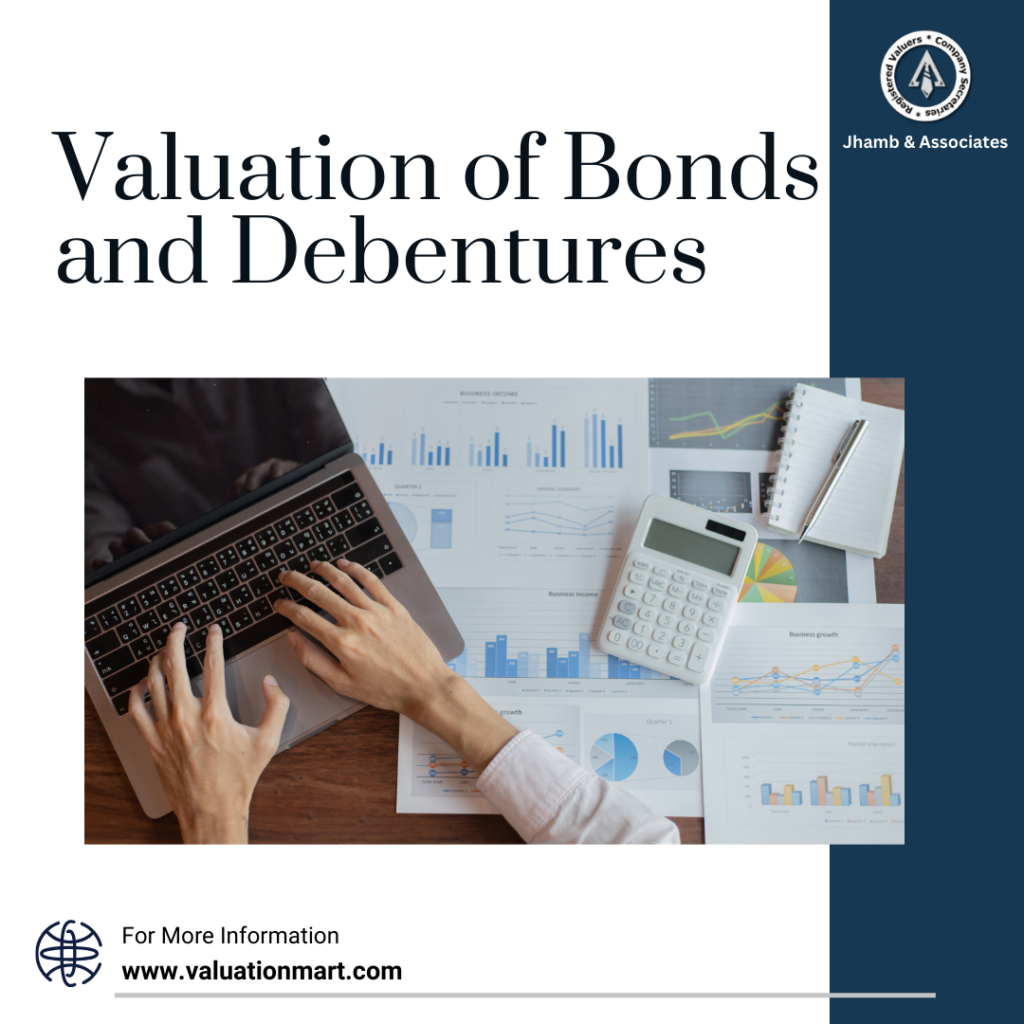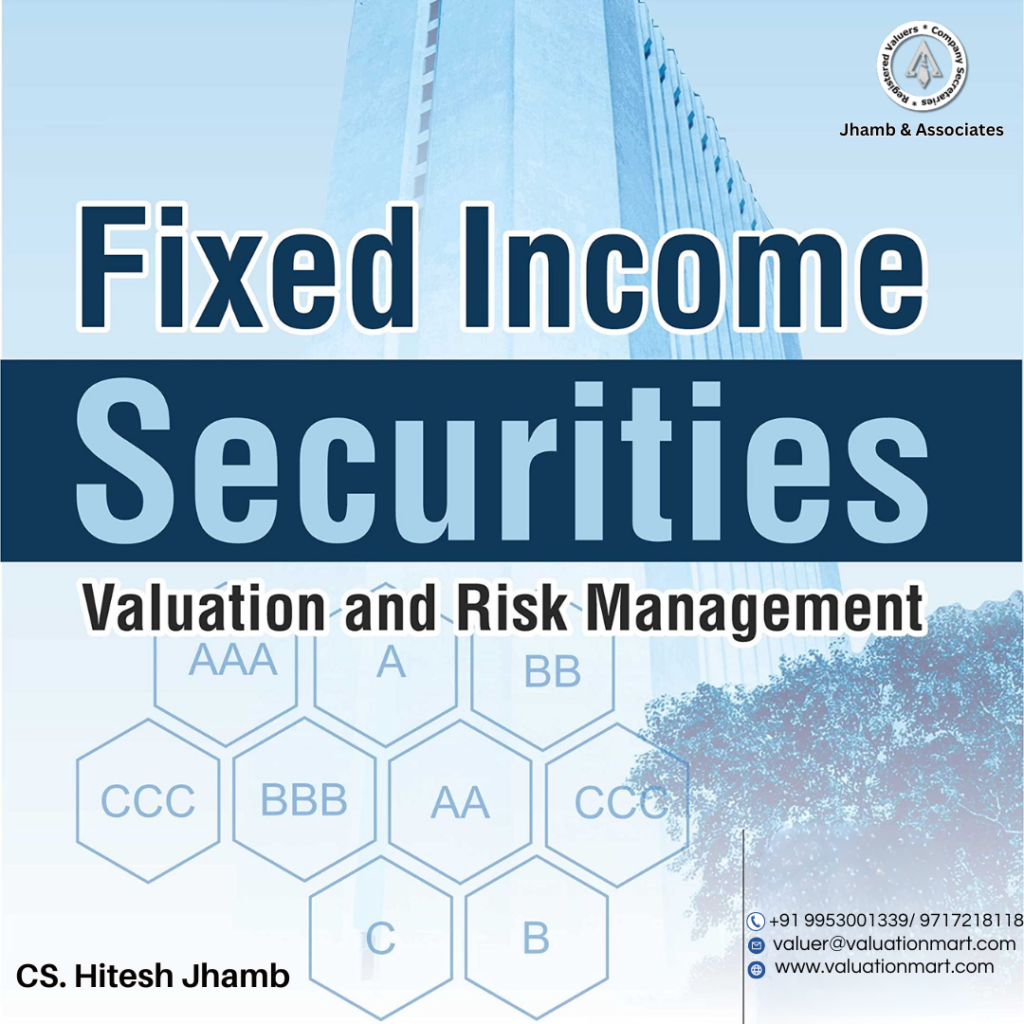Bond valuation is a crucial aspect of fixed-income investing, enabling investors to determine the fair price of a bond before making investment decisions. The value of a bond depends on various factors, including interest rates, time to maturity, and credit risk. Understanding bond valuation techniques helps investors assess whether a bond is overvalued or undervalued in the current market.
With the dynamic nature of financial markets, bond pricing in market trends continues to evolve, requiring investors to stay updated on valuation methodologies. This article explores the key techniques used to value bonds and their relevance in today’s investment landscape
1. Present Value of Future Cash Flows
The most fundamental approach to bond valuation is calculating the present value of its expected future cash flows. These cash flows consist of periodic coupon payments and the face value (par value) paid at maturity. The present value is determined by discounting these future cash flows using an appropriate discount rate, typically the yield to maturity (YTM).
The formula for bond valuation using this method is: P=∑C(1+r)t+F(1+r)nP = \sum \frac{C}{(1 + r)^t} + \frac{F}{(1 + r)^n}
Where:
- PP = Price of the bond
- CC = Coupon payment
- rr = Discount rate (YTM)
- FF = Face value of the bond
- tt = Time period
- nn = Number of periods until maturity
This approach helps investors compare different bonds and determine which ones offer better value based on current market interest rates.
2. Yield to Maturity (YTM) Approach
Yield to Maturity (YTM) represents the total return an investor can expect if they hold the bond until it matures. It is an important metric because it considers the bond’s current market price, coupon payments, and the time remaining to maturity.
YTM is calculated using an iterative trial-and-error process or financial calculators since it requires solving for the discount rate in the bond valuation formula. Investors rely on YTM to compare different bonds with varying coupon rates and maturities.
3. Yield to Call (YTC) and Yield to Worst (YTW)
For callable bonds, which can be redeemed by the issuer before maturity, investors use Yield to Call (YTC) instead of YTM. YTC estimates the return if the bond is called before its maturity date, often at a predetermined call price.
Similarly, Yield to Worst (YTW) is used to evaluate the lowest possible return among all callable and maturity scenarios. These techniques help investors assess potential risks associated with early bond redemption.
4. Current Yield
The current yield measures a bond’s annual coupon income relative to its current market price. Unlike YTM, it does not consider capital gains or losses upon maturity. Current Yield=Annual Coupon PaymentMarket Price of Bond\text{Current Yield} = \frac{\text{Annual Coupon Payment}}{\text{Market Price of Bond}}
While simple, this technique provides a quick way to compare income returns between bonds and other fixed-income investments.
5. Discounted Cash Flow (DCF) Model
Investors and analysts widely use the discounted cash flow (DCF) model in bond valuation, especially for long-term investments. The model applies a discount rate that reflects the bondholder’s required return, adjusted for factors such as inflation and credit risk.
DCF helps determine whether a bond has a fair market price by comparing its intrinsic value to its market price. If the intrinsic value is higher, the bond becomes undervalued, presenting a buying opportunity.
6. Arbitrage-Free Valuation Model
This advanced model considers multiple interest rate scenarios and ensures that bond prices do not deviate from fundamental valuation principles. Investors and analysts widely use it in structured finance and complex bond pricing strategies.
One common method under this model is the binomial tree approach, where analysts estimate future interest rate movements to determine the fair value of a bond.
Bond Pricing in Market Trends
Bond prices fluctuate based on changing market trends, particularly interest rates, economic conditions, and investor sentiment. When interest rates rise, bond prices typically fall, and vice versa. This inverse relationship makes interest rate risk a major factor in bond valuation.
Additionally, inflation expectations, geopolitical risks, and credit rating changes significantly impact bond pricing. Investors use bond valuation techniques to adapt to these trends and make informed investment choices.
In recent years, financial platforms like Valuation Mart have emerged, offering digital tools and analytics to help investors assess bond prices in real-time. These platforms incorporate artificial intelligence and machine learning to enhance predictive valuation models.
Conclusion
Understanding bond valuation techniques is essential for investors aiming to maximize returns and minimize risks in the bond market. Methods like the present value of future cash flows, YTM, and DCF models provide a structured way to assess bond pricing. Additionally, bond pricing in market trends reflects the dynamic nature of interest rates and economic conditions, requiring investors to stay informed and adaptable.
By leveraging these techniques and utilizing modern valuation platforms, investors can make well-informed decisions in the ever-changing bond market.


